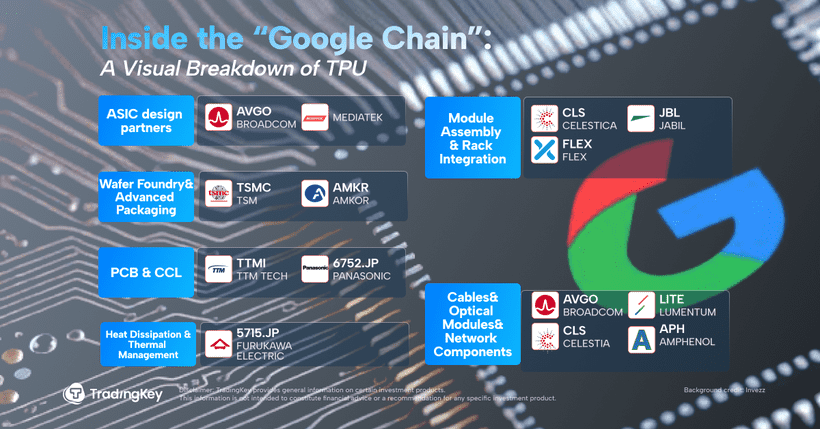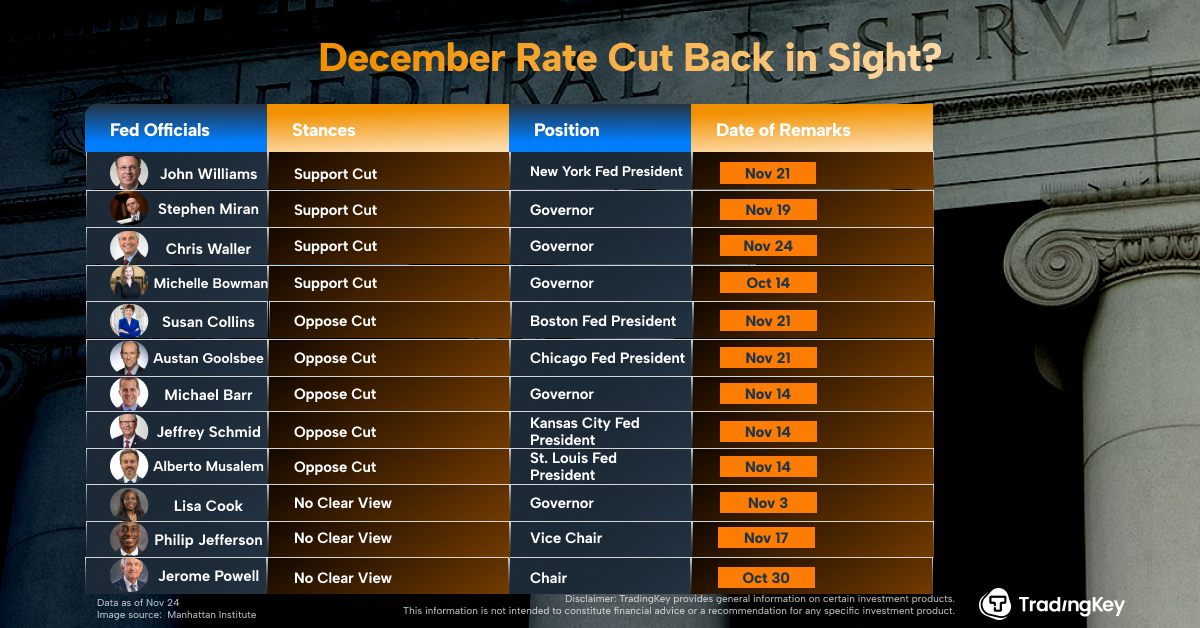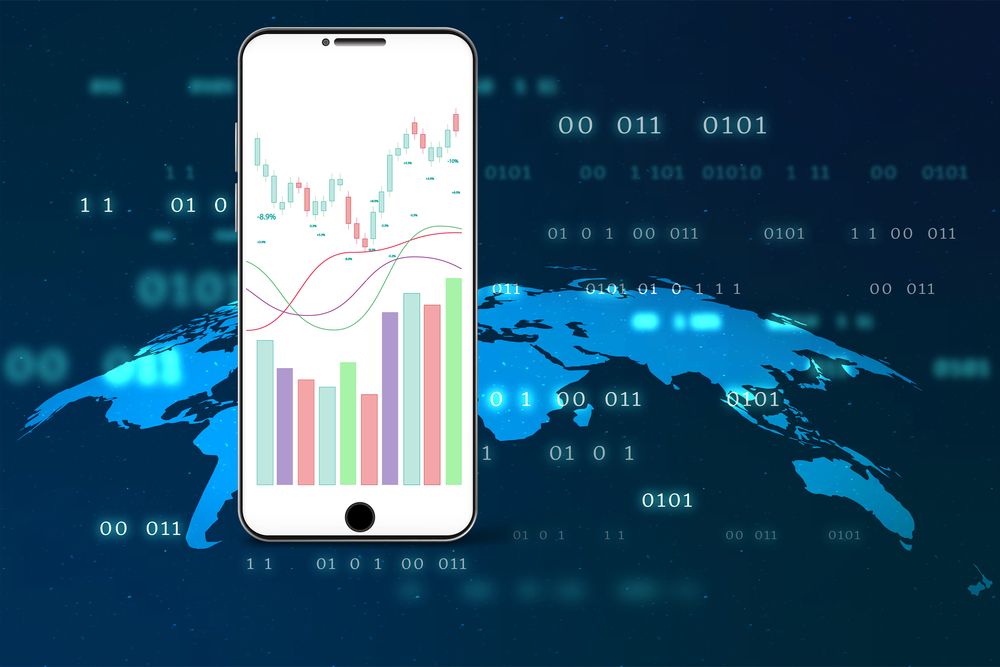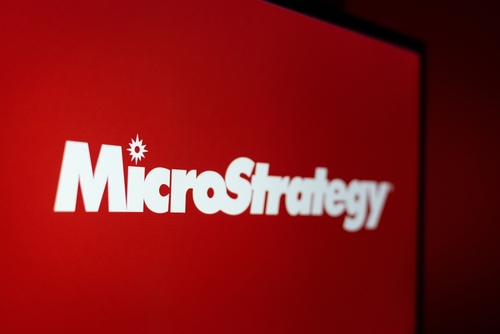[Reuters Analysis] The US economy's key weak spots in five charts: McGeever


By Jamie McGeever
ORLANDO, Florida, Aug 14 (Reuters) - The U.S. economy seems to be chugging along fairly smoothly, if a little too slowly for some observers' liking. Under the bonnet, however, the picture is more worrisome, and the risk of engine malfunction is rising.
Technology's role in the U.S. economy has never been greater, and artificial intelligence could deliver a historic productivity boom. But return on the huge investment being made on that bet could take years to materialize. What's more, an unbalanced economy may not be desirable in the long term, as it can lead to poor investment and policy decisions.
Below are five charts that indicate the foundations of the resilient U.S. economy and booming stock market may be much shakier than they appear, especially if AI- and tech-related spending, investment and optimism are stripped out.
INVESTMENT
Inflation-adjusted investment in 'AI-sensitive' sectors of the economy since the end of 2019 has risen 53%, notes Troy Ludtka, senior U.S. economist at SMBC Nikko Securities. Investment elsewhere has inched up just 0.3%.
CONTRIBUTION TO GDP
Relatedly, the contribution of software and IT equipment capex to U.S. GDP has never been higher, according to analysts at BlackRock. Aggregate capex in all other areas of the economy, however, actually fell in the first half of this year – a rare occurrence.
CONSUMER SPENDING
Meanwhile, personal consumption expenditures are slowing sharply, a worrying sign given that the consumer accounts for around 70% of total U.S. GDP. Personal consumption expenditures in the second quarter grew by only 0.9%, the slowest pace since the pandemic. And in real terms, consumer spending has completely flat-lined in the first half of the year.
CORPORATE BANKRUPTCIES
Corporate bankruptcies in July were the highest for a single month since July 2020, according to S&P Global Market Intelligence. Even more alarming, the tally of year-to-date bankruptcy filings through the end of July was the highest for this seven-month period since 2010. Nearly a third of this year's bankruptcies were in the consumer discretionary and industrial sectors.
STOCK MARKET CONCENTRATION
Finally, the concentration on Wall Street has been widely discussed, but the levels continue to be eye-popping. One stock, chipmaker Nvidia, accounts for 8% of the benchmark S&P 500's entire market cap. That's a record for a single name.
And the top 10 stocks, most of which are Big Tech megacaps, make up 40% of the index's market cap and 30% of all earnings. These are also record levels.
The more Wall Street – and even global markets - rely on the revenue, earnings and profitability of a set of companies that can be counted on two hands, the bigger the potential mess could be if the trends driving these companies' performance lose momentum.
(The opinions expressed here are those of the author, a columnist for Reuters)
AI and tech investment vs rest of the economy
U.S. corporate bankruptcies highest since 2020
U.S. personal spending has flatlined this year
Tech-related capex's record contribution to GDP
Tech's record concentration in U.S. stock market







